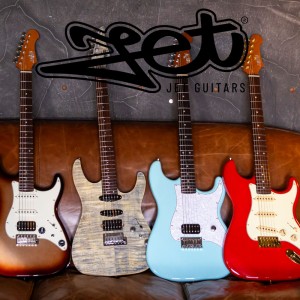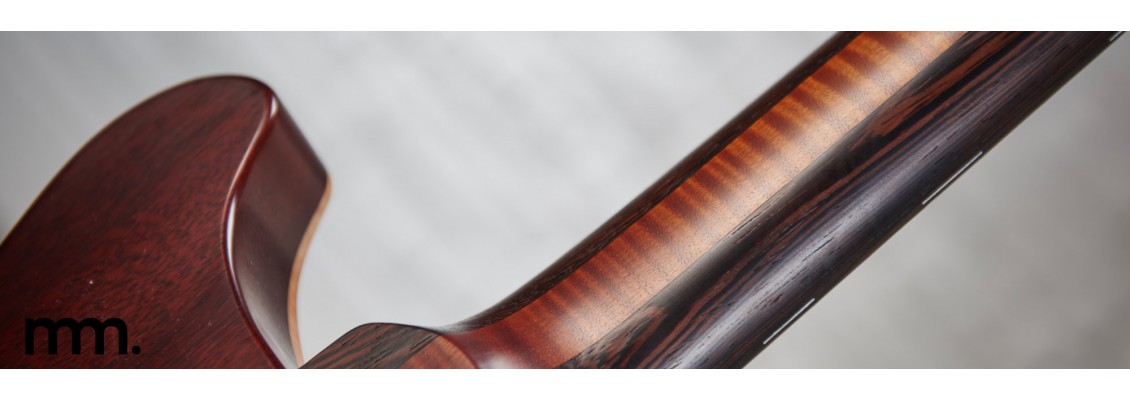
The Anatomy of a Guitar
From Headstock to Strap Button — Your Complete Guide
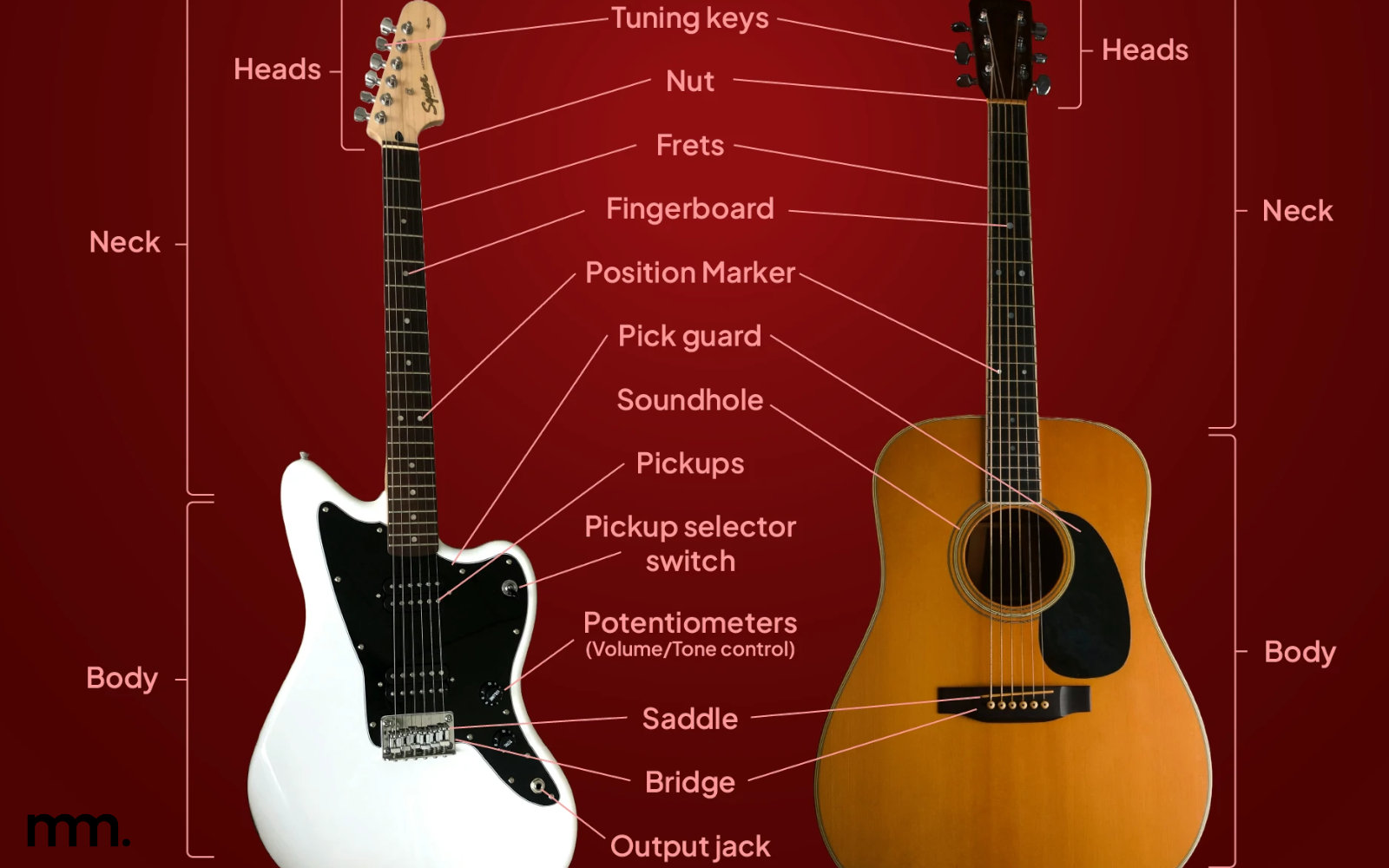
So, you’ve decided to dive into the wonderful, string-buzzing, riff-filled world of the guitar. Welcome!
But before you start shredding your way through Smoke on the Water or your first Ed Sheeran cover, there’s something worth doing first: learning what all those mysterious bits actually do.
Whether you’ve got a shiny electric guitar, a warm-sounding acoustic, or you’re trying to figure out what a truss rod even is (don’t worry, everyone asks), this guide from Musicmaker Dublin breaks down every part of your instrument — simply, clearly, and with a few fun facts along the way.
1. The Headstock
The top of the guitar — the brain of the operation.
It’s where you’ll find:
- Tuning machines (tuners or machine heads): The little pegs you twist to tighten or loosen your strings. Each one adjusts pitch — turn slowly, and check your tuner.
- String posts: Where the string winds around before travelling down the neck.
- Logo: On electrics and acoustics alike, the headstock often bears the proud mark of your guitar’s maker — like the crest of a noble house.
Pro tip: On a guitar wall, you can often tell the brand just by the headstock shape — Fender, Gibson, Jet, Taylor, or Epiphone all have distinct silhouettes.

The headstock is many and varied, but often recognisable once you get to know them.
2. The Nut
A small but mighty piece of bone, plastic, or graphite at the top of the fretboard. The nut guides the strings into perfect alignment and keeps spacing consistent.
If your open strings buzz or feel too high, the nut might need a little attention — a quick fix from the techs at Musicmaker can make your guitar play smoother instantly.
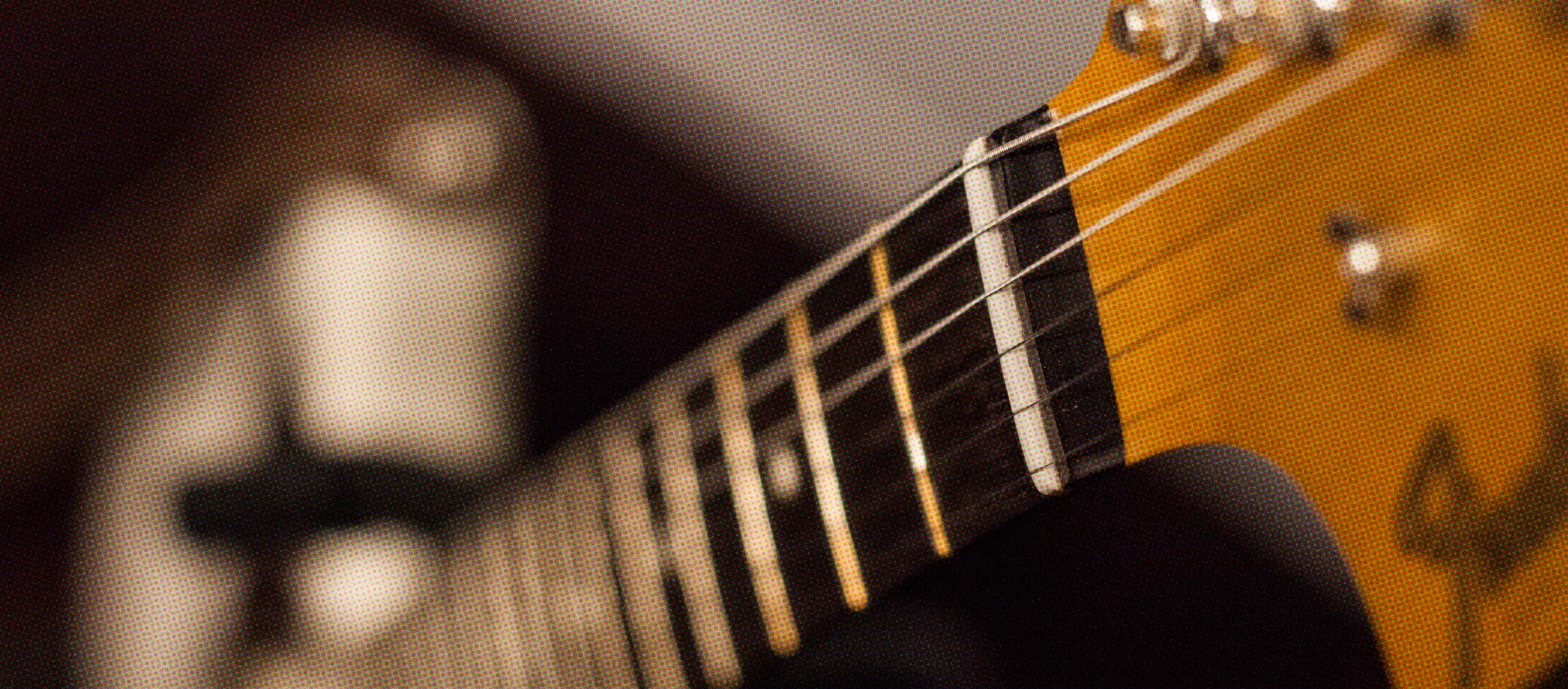
A tiny, but crucial piece.
3. The Neck & Fretboard
This is where the magic happens — literally under your fingertips.
- Neck: Usually made from maple or mahogany, the neck connects the headstock to the body. It can be bolt-on (like most Fenders), set (like Gibsons), or through-neck (on some modern designs).
- Truss Rod: Hidden inside the neck, this metal rod counteracts string tension and keeps your neck straight. Too much bow = harder playing; too flat = fret buzz.
- Fretboard (Fingerboard): Usually rosewood, maple, or ebony, it’s where the frets live.
- Frets: Thin metal strips that divide the notes. Each fret moves the pitch up by one semitone.
- Inlays: The dots or shapes that guide your hand up and down the neck.
Quick fact: Scale length (the distance from nut to bridge) affects both tone and tension — shorter scales feel slinkier, longer ones brighter.
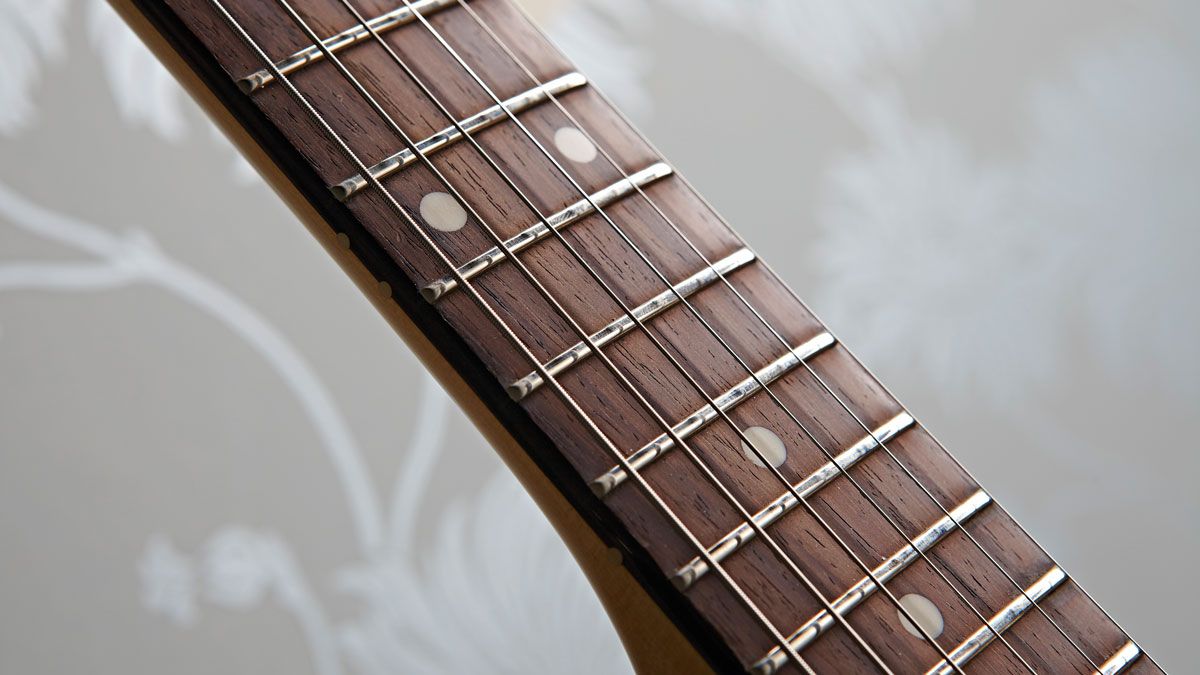
4. The Body (Acoustic vs Electric)
Here’s where things start to differ — because the body defines how a guitar sounds and feels.
Acoustic Guitar Body
- Top (soundboard): Usually spruce or cedar — it vibrates to create tone.
- Back & sides: Add resonance and warmth (mahogany for depth, maple for brightness).
- Soundhole: Projects your sound into the room — think of it as the guitar’s “voice box.”
- Bridge & Saddle: Anchors the strings and transfers their vibration into the top wood.
Electric Guitar Body
- Pickups: Magnetic coils that turn string vibration into electrical signal. (Single-coil = bright and snappy; humbucker = thick and warm.)
- Bridge: The anchor point for strings. Hardtails offer tuning stability; tremolo bridges let you bend notes dramatically.
- Control knobs: Usually Volume and Tone, sometimes more. They shape your sound before it hits the amp.
- Pickup selector switch: Lets you change between pickups or blend them.
Analogy time:
An acoustic guitar is its own amplifier.
An electric guitar needs an amplifier to release its voice.
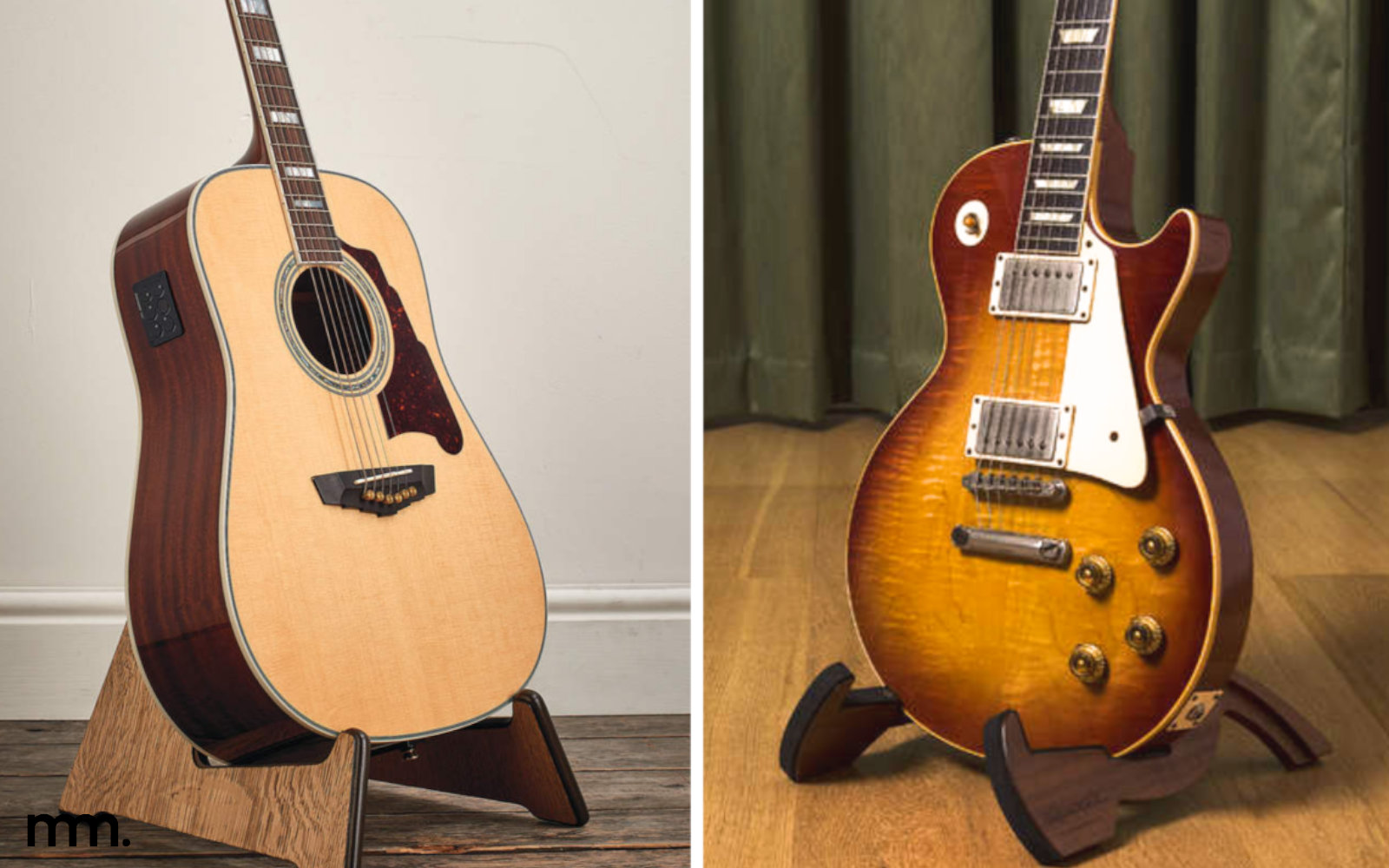
Just different paths up the same mountain.
5. The Bridge – The Anchor of Tone
If the neck is the highway, the bridge is the roundabout where everything meets. It’s the anchor that holds your strings in place, transfers their vibration into the body, and keeps your intonation steady (that’s “in tune all the way up the neck,” for those of us who prefer plain English).
On Acoustic Guitars
The bridge is usually made from rosewood or ebony and glued firmly to the soundboard. Each string crosses a saddle — a narrow strip of bone or synthetic material — before being pinned down with bridge pins.
The saddle height affects your action: lower for easier playing, higher for powerful strumming without buzz. Because the bridge is the main vibration point, its fit and material have a huge influence on tone — a well-made acoustic bridge sings as much as the top wood itself.
On Electric Guitars
Here’s where the variety really begins. Electric bridges come in several distinct designs, each shaping feel and sound in its own way:
- Hardtail Bridge: Simple, stable, and reliable — strings pass through the body or anchor at the bridge itself. Great for tuning stability and sustain.
- Tremolo (or “vibrato”) Bridge: The classic Strat-style system, complete with a whammy bar. It lets you bend notes or entire chords for that surf-rock shimmer or dive-bomb growl.
- Tune-O-Matic & Stop Tailpiece: The Gibson favourite. Saddles are individually adjustable for perfect intonation, while the tailpiece behind it anchors the strings for serious sustain and a tight feel.
- Wraparound Bridge: A sleek, all-in-one design where strings wrap over and back toward the neck. Found on Les Paul Juniors, Specials, and some modern models, it offers direct energy transfer and a distinctive, resonant punch.
- Bigsby Vibrato: The vintage legend. More subtle wobble than wild dive, a Bigsby gives a buttery, expressive vibrato that’s pure rockabilly elegance. It adds weight and a bit of mechanical charm — and let’s be honest, few things look cooler than that shining arm gliding in slow motion mid-chord.
Pro Tip: Tiny adjustments at the bridge — saddle height, angle, or intonation screws — can completely transform how your guitar plays and sounds. It’s the heart of your setup, and a properly dialled-in bridge will make even an entry-level instrument feel like a pro machine.
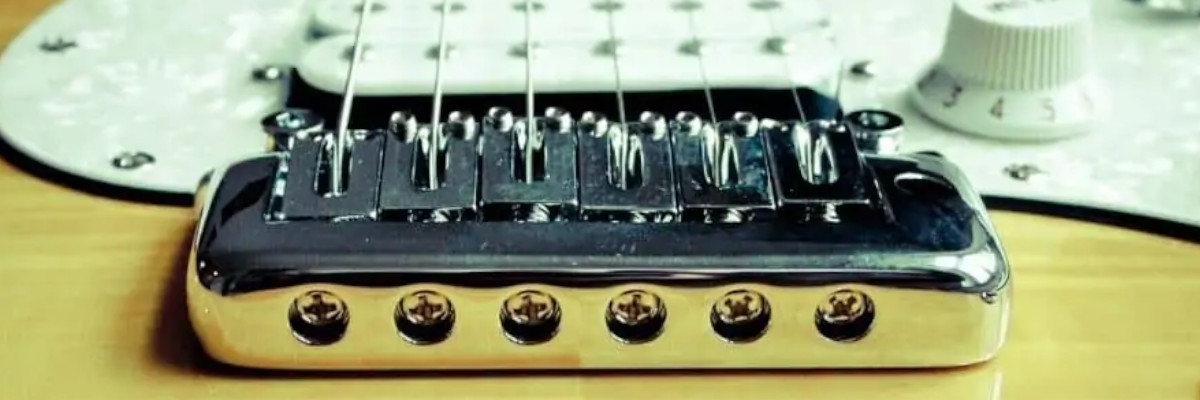
6. The Strings & Hardware
Six little lengths of metal — or nylon, if you’re classical — that do all the heavy lifting.
- Strings: Come in different gauges (thicknesses). Lighter = easier to play; heavier = fuller tone.
- Bridge pins (on acoustics): Hold strings in place.
- Tailpiece (on electrics): Sometimes separate from the bridge — secures strings at the bottom end.
- Jack socket: Where you plug in your cable. Without this, your electric guitar is just an oddly shaped ornament
7. The Pickguard & Finish
- Pickguard: Protects the body from pick scratches — especially handy for energetic strummers.
- Finish: Nitrocellulose (vintage look, ages gracefully) or polyurethane (modern, durable). The finish influences both tone and personality.
Fun fact: the relic’d, road-worn look that players love? It used to take decades. Now you can get it straight from the factory.
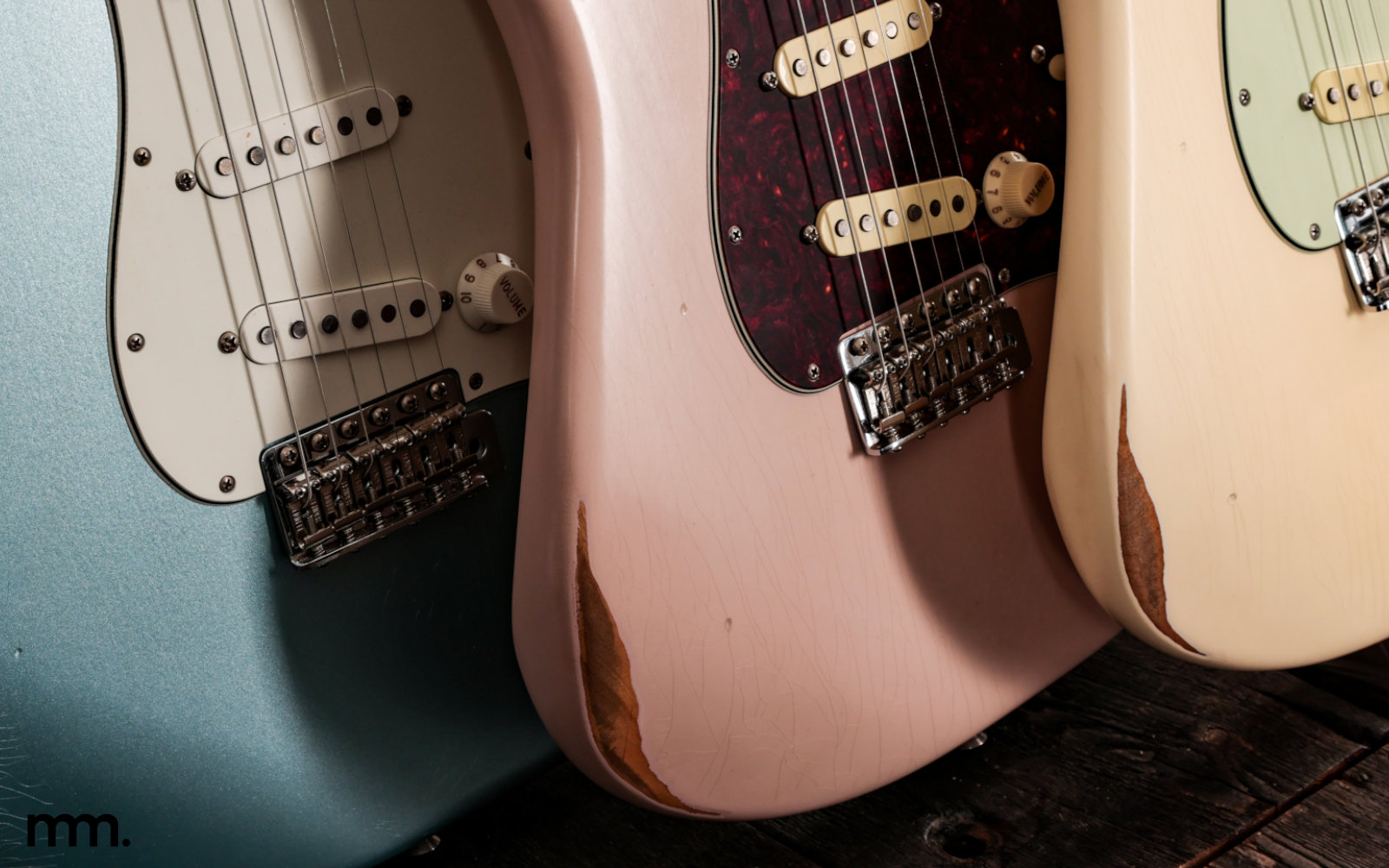
Instant wear, available from every quality guitar maker near you. And also Musicmaker.
Quick FAQ: Guitar Anatomy 101
Q. Do all guitars have the same parts?
A. Mostly! The principles stay the same, though acoustics use wood resonance, while electrics rely on pickups and electronics.
Q. What’s the most important part for tone?
A. The pickups (electric) or soundboard (acoustic) — but string choice and setup make a huge difference.
Q. Can I replace parts myself?
A. Absolutely — things like tuners, nuts, and bridges can all be upgraded. But for fret or truss work, bring it to the experts at Musicmaker Dublin.
Final Word
Understanding your guitar isn’t just about sounding smart — it’s about getting closer to your instrument.
Once you know how it’s built, you’ll know how to care for it, tweak it, and eventually make it truly your own.
Whether you’re holding a humble beginner acoustic or a roaring electric beast, remember: every note starts the same way — with six strings, a neck, and a curious player.
So come into Musicmaker Dublin, say hi, and let our team show you exactly how each part works (and why your guitar’s anatomy is just as fascinating as your own).
Browse some sweet, sweet Guitars HERE.





